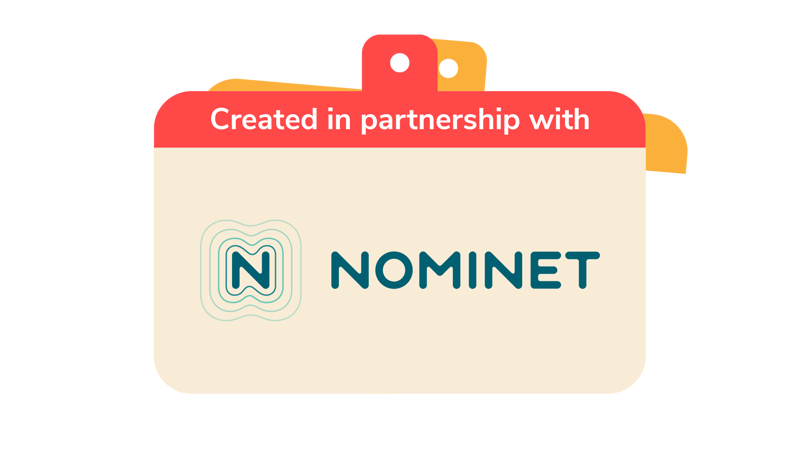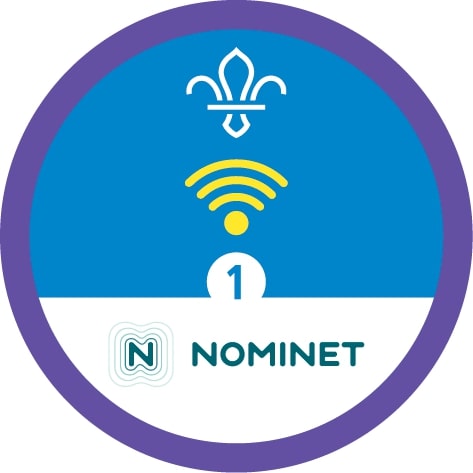You’ll need
- Scrap paper
- Pens or pencils
- Devices with access to the internet
- Specific equipment depending on the skill chosen
Before you begin
- This activity can be done over one meeting, if the skill is something simpler like learning one new knot or a basic dance routine, or you could spread it over two or more meetings, to give people time to pick and learn their new skill.
- Remember that learning some skills means sourcing equipment, like camping gear or musical instruments. If you have a bigger group, or limited equipment you might need more than one session for this activity.
- Check our Play our game for another way to share your skills.
Pick your skill
- Everyone should split into groups of three or four and decide on a new skill to learn.
- Once everyone’s chosen a skill, they’ll need to find one or more tuition videos online.
- Everyone should discuss in their groups which tuition videos work best for them and whether the information is reliable, clear and accurate. Each group should ask themselves questions like: Is the person leading the tutorial an expert? Is their teaching style clear and accurate? Is it at the right level for us?
If you’re working towards Stage 4 of the Digital Citizen Staged Activity Badge everyone should find an online course to complete.
In groups, everyone can spend some time researching different options online. Then, they can use the steps above to chat about which courses might work best for them and how reliable the different options are. Everyone could spend some time in the meeting working on the courses that they’ve together, or complete them between meetings ready to share what they’ve learned next time.
Start learning!
- Everyone should have time to watch their chosen tutorial or complete their training course, practice their new skill and work together to make sure everyone in the group is keeping up.
- When everyone has had plenty of time to learn and practice their new skill, each small group should demonstrate their new skill to the wider group.
- The person leading the activity should encourage everyone to be supportive when watching and make sure that the group demonstrating their skill feels safe and ready to show it. It can be nerve-wracking when it’s a brand-new skill and it’s important to respect the person teaching the skill.
- The person leading the activity should congratulate everyone on their skills and ask how they’ll use it in the future.
Reflection
This activity reminded everyone of the huge variety of tutorials and skill training available on the internet. Everyone should talk about the pros and cons of learning a skill online rather than face to face. People could stop the video and run it as many times as they like but the videos will never give the personal support of face-to-face learning. If, for example, someone was learning a new dance or a musical instrument, the teacher could correct them as they went along but with an online tutorial, you’re on your own.
Everyone should talk about when online tutorials work best. If anyone needs a quick skill like troubleshooting a problem in an online game or fixing something in the home, it can be quicker, cheaper and easier to learn how to do it yourself online. Everyone should remember that learning a new skill can seem daunting and that it’s OK to get it wrong many times when you’re learning. Just remember how difficult it is to learn to ride a bicycle or tie our shoelaces when we first start learning.
Safety
All activities must be safely managed. You must complete a thorough risk assessment and take appropriate steps to reduce risk. Use the safety checklist to help you plan and risk assess your activity. Always get approval for the activity, and have suitable supervision and an InTouch process.
- Online safety
Supervise young people when they’re online and give them advice about staying safe. Take a look at our online safety or bullying guidance. The NSPCC offers more advice and guidance, too. If you want to know more about specific social networks and games, Childnet has information and safety tips for apps. You can also report anything that’s worried you online to the Child Exploitation and Online Protection Command. As always, if you’ve got concerns about a young person’s welfare, including their online experiences, follow the Yellow Card to make a report.
Groups can decide on the level of challenge they’d like to take on. For example, learning two new guitar chords or four, or learning a simple dance or a harder one. The person leading the activity should make sure everyone is challenged in their learning but that the skill is attainable.
Make sure online tutorials have subtitles if needed and that they’re large enough to see. The new skills should be selected depending on everyone’s ability in the group.
All Scout activities should be inclusive and accessible.
Now that everyone has seen how a good tutorial works they can start to create one of their own. Some people may already do this, and they can offer support and advice to everyone else about camera angles, backgrounds and what information to include. Groups can spend some time creating their video, editing it (either in a meeting or at home) and showing it to their target audience.
People should be able to have some flexibility in choosing their own topics and selecting which online tutorials to follow.

